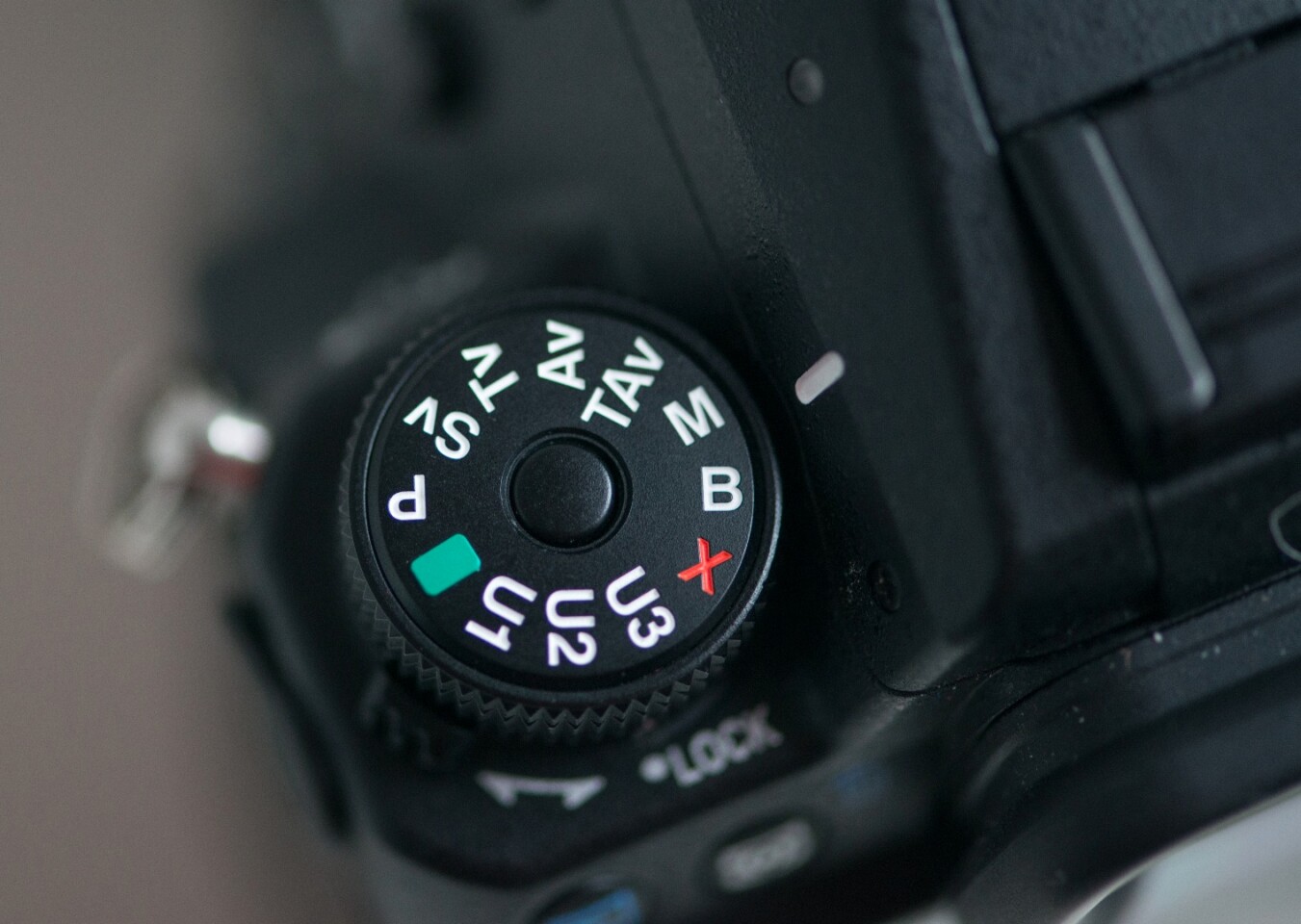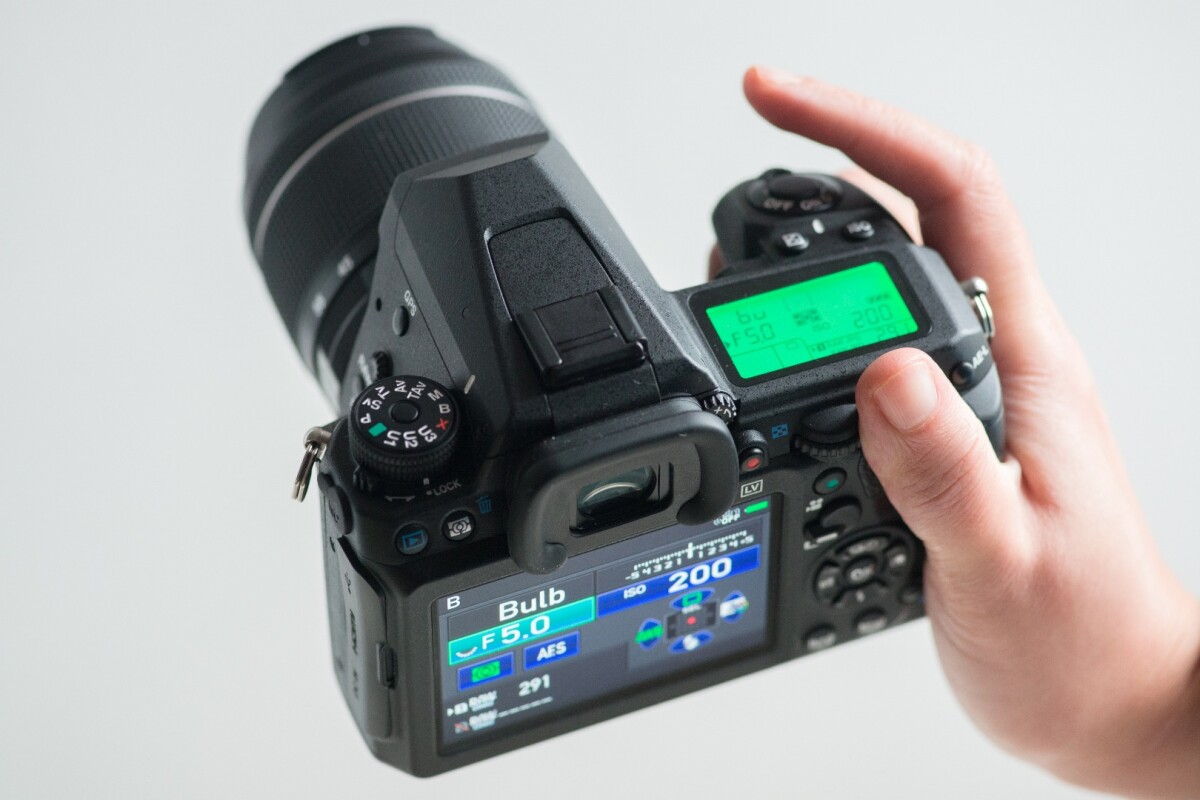The Pentax K-3 II is the latest flagship DSLR from Ricoh and one which, on paper, offers a number of interesting upgrades over its predecessors. We recently spent a couple of weeks with the surprisingly compact DSLR to see if features including an enhanced in-body shake reduction and a Pixel Shift Resolution mode can help the camera compete with the likes of the Canon EOS 7D II and Nikon D7200.
Following on from the Pentax K-3 which was released in 2013, the Pentax K-3 II is currently the firm’s enthusiast-focused flagship DSLR – sitting above the more entry-level K-S1 and K-S2, and below the medium format 645Z. Next year we’re due to see the launch of a full-frame Pentax DSLR, but until then this crop sensor DSLR is where we get to see the headline features doing their thing.
Specifications
- 24.35-megapixels
- APS-C (23.5 x 15.6 mm) CMOS sensor
- Sensor-shift shake reduction
- Pixel Shift Resolution
- 27-point AF
- GPS
- 8.3 fps continuous shooting
- ISO 100 - 51200
- Full HD 1080p video
- Stainless steel and magnesium alloy build
- Weather-sealed
Design and construction

Given the hype mirrorless interchangeable lens cameras get for being small, it’s sometimes easy to forget that crop sensored DSLRs can themselves be significantly smaller than their full frame counterparts. Picking up the Pentax K-3 II we were pleasantly surprised by both its size and weight. It strikes a good balance of portability and ergonomics.
Using a stainless steel and magnesium alloy build, the camera also feels solid in the way you would expect from a flagship device. Pentax has a pedigree for producing rugged and weather-sealed cameras, and the K-3 II is no exception. A total of 92 protection seals mean you can (lens allowing) use it in weather conditions in which many other cameras would be better left at home. The K-3 II also feels so tough that you might be inclined to use it to hammer a nail into a wall, but please don’t.
Handling and controls

As we’ve already said, the Pentax K-3 II is a nice size and reasonable weight for the sort of camera it is. While it has a slightly blocky and square appearance to it, it feels good in the hand with a deep grip making it easy to hold and carry. It also has all of the physical controls that you’d expect of a flagship DSLR, with plenty of satisfying buttons and dials.
Nice touches include the locking mode dial which sits on the top of the camera, and the classic green back-light on the top information display. The one physical feature of the camera which we didn’t like was the eye-cup on the optical viewfinder which felt flimsy. That said, the viewfinder itself offers 100 percent frame coverage which makes composing shots with the camera a pleasure.
The GUI which is used on the 3.2-inch rear screen is clear and easy to navigate if you are already used to using a high-end camera, though there will be a learning curve for those upgrading from their smartphone or a point-and-shoot. Shooting modes range from Green Mode (where almost everything is set to auto and you are essentially using a big interchangeable lens point-and-shoot) through shutter and aperture priority modes, up to fully manual where you are in entire creative control, and where this camera excels.
Kit Lens

The Pentax K-3 II uses the K-mount, which means there are plenty of compatible lenses out there, and it can be purchased either body-only or bundled with a variety of kit lenses. Our review unit came with a 18-55-mm F3.5-F5.6 kit lens. Unfortunately this is a typical kit lens offering which, while offering a reasonable zoom range, has a slow variable aperture.
In our time with the camera, this lens was the consistent weak-link of the set-up. Even at the wide end its F3.5 maximum aperture can be limiting and if zooming in, that F5.6 makes the lens borderline useless in certain lighting situations. The lens is also not the quietest when focusing.
This, while not uncommon for an inexpensive kit lens, feels a shame because of how much better the K-3 II is than this lens. While we’d like to see camera manufacturers ship cameras with a quick prime lens (like the Pentax 50-mm F1.8) for now if you’re going to buy the K-3 II, you should also think about which other lenses you want to get with it.
Image Quality

With an APS-C sized 24.35-megapixel CMOS sensor, the K-3 II is more than capable of turning out high-quality images with colors which are very natural and accurate, and offering a good dynamic range. The resolution and lack of an AA filter also allows the camera to capture very sharp images, which during our tests were only limited by the lens we were using. Slap more capable optics on this camera and it will be able to deliver the goods just as well as any other high-end APS-C DSLR.
Some cameras that lack an AA filter can suffer moiré when shooting some man-made materials (think fabrics or parallel lines in architecture). However, during our every-day shooting this wasn’t a problem for the the K-3 II. In fact, we struggled to encounter it when trying to test the camera’s AA simulation feature. When we did force the situation (by shooting rows of fabrics) the simulation, which lets users select from types of moiré, did a solid job of counteracting the annoying wavy lines.

When shooting to test noise at various ISO settings, we were pleased with the performance of the K-3 II. At up to ISO 1600 there’s so little noise that it’s barely worth worrying about, and we were happy to shoot at ISO 3200 in most situations. By ISO 6400 there’s noticeable noise and the color range begins to slip and this is the limit of where we would choose to shoot with the camera. Obviously it’s possible to dial the ISO all the way up to ISO 51200, though this should really be reserved for times it would otherwise be impossible to get the shot.

Another intriguing feature with regards to image quality is the addition of Pixel Shift Resolution. This uses the sensor shift image stabilization (which we’ll come on to soon) to increase image quality when shooting in certain situations. It works in a way similar to the Olympus OM-D E-M5 II, but instead of increasing the resolution count, improves color reproduction and reduces noise. Because this feature works by taking a series of images and combining them, it’s only any good for still subjects and when you’ve got a tripod set up.
The resulting images have clearly improved definition levels, as shown above with the dinosaur head on the right benefiting from Pixel Shift Resolution. While JPEG images using the feature are of a comparable size to normal shots, RAWs can also come in at a mighty 140 mb, so you’ll need the computing horsepower and storage if using this feature much and shooting RAW.
Autofocus and Image stabilization

Autofocus performance of the K-3 II was also as you would expect for an enthusiast-focused camera. While it’s not going to keep up with the likes of a Nikon D4S, the 27-point system (which benefits from a good spread across the frame) is suitably speedy and accurate whether shooting in bright sunlight or low light situations.
Tracking of moving subjects was reasonable, with the camera able to keep up with most subjects as they move across the frame. The maximum 8.3 fps (frames per second) continuous shooting speed is also pretty handy when it comes to moving fast-paced action.

One of the most impressive features of the K-3 II is its baked-in image stabilization. This is of the sensor shift variety and moves the sensor as the camera moves, to counter camera shake and improve performance when shooting at slower shutter speeds or longer telephoto focal lengths. Pentax claims this gyro-enhanced stabilization offers up to 4.5 stops of image stabilization, and we’d not argue with that, it works as advertised and vastly improves what the camera is capable of.
While some will argue that optical image stabilization still has the advantage, the big drawback is that you need it in every lens you use, and that can get expensive. Here the sensor-shift shake reduction works with any lens and is always there if you need it, while a number of mirrorless cameras have this feature, it still makes the K-3 II stand out from most other DSLRs.
Video
The video performance of the K-3 II isn’t going to set the world of cinema alight, but is a solid addition to the camera’s arsenal. Maxing out at Full HD 1080p 30 fps or HD 720 60 fps, footage looks nice, though not exceptional. The camera also benefits from the addition of headphone and microphone sockets for ensuring quality audio when filming.
Other considerations

The Pentax K-3 II has another couple of tricks up its sleeve which could make it the right DSLR for you. Built-in GPS can be used for not only geotagging images to show where they were taken, but also works alongside the in-body shake reduction as part of an Astrotracer feature. This enables long exposure shots of stars as points of light, not as trails of light. An Electronic Compass also allows users to check direction on the image screen monitor.
While the K-3 II is yet another built-in Wi-Fi-lacking DSLR, it can at least gain such wireless skills when used with an optional Pentax Flucard in one of its dual SD card slots. These are memory cards equipped with a wireless LAN function, allowing wireless sharing and control of the camera from a smartphone or tablet. We didn’t get the chance to try this during the review period, but have used it in the past and it’s a very good addition to have in lieu of built-in abilities.
Conclusion

When shopping for a new DSLR, it’s all to easy to ignore Pentax shooters amid the higher profile marketing of rival Canon and Nikon cameras, but that would be a mistake. The Pentax K-3 II is a classic example of why Pentax cameras should not be overlooked. It offers a performance and build quality that’s up there with, if not better than, its equally-priced rivals in the US$800-1,000 price range.
The Pentax K-3 II has the image quality and autofocus performance to keep all but the most demanding enthusiasts happy. Add to that its impressive image stabilization along with features such as pixel shift resolution, GPS, and the option of Wi-Fi, and you have got a very capable DSLR we’d recommend to anyone looking for a DSLR in this budget. Our only real complaint with the camera is the 18-55-mm kit lens it often ships with, it’s simply not up to the standard that the camera itself deserves.
If you are already committed to another brand and have piles of Nikon or Canon glass sitting in your kit bag, the K-3 II is always going to be a harder sell. Whether the features it has that the Canon 70D or Nikon D7200 don’t have are worth jumping ship for is debatable. However, if you already have Pentax glass waiting to be used, or are just starting out in the DSLR lens collecting game, the K-3 II is a great option. Our only hesitation would come from the fact Pentax is due to release a full-frame DSLR in early 2016, and that unknown might be better for you if you already have full frame glass, or don’t mind a bigger camera.
The Pentax K-3 II will set you back around $850 (£770) body-only, or can come bundled with the 18-55-mm lens we were testing for $1,000 (£850).
Product page: Pentax K-3 II



























